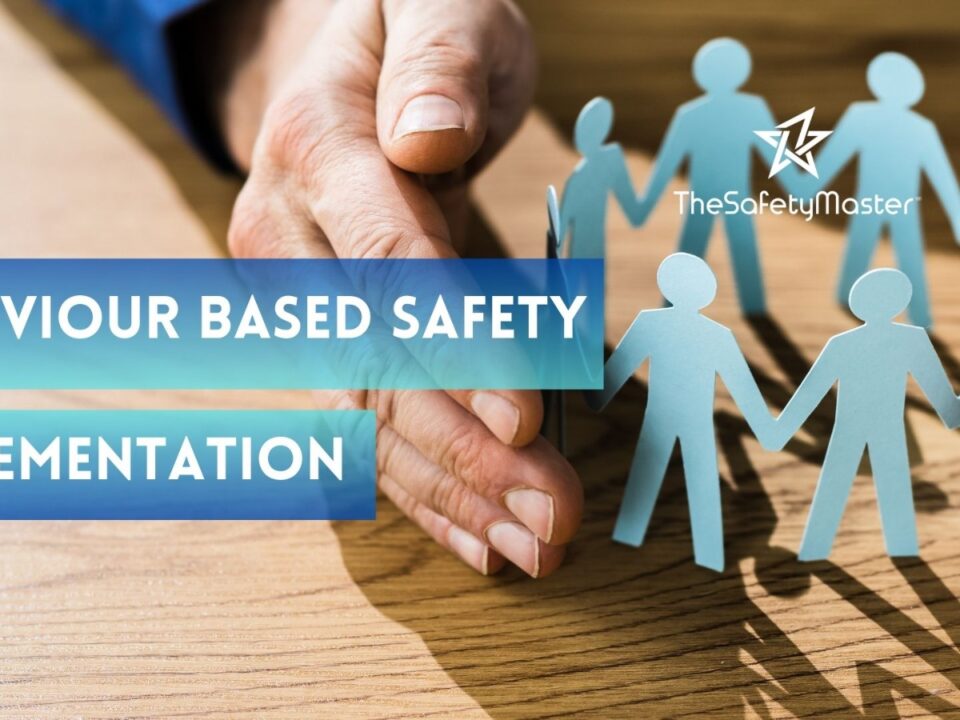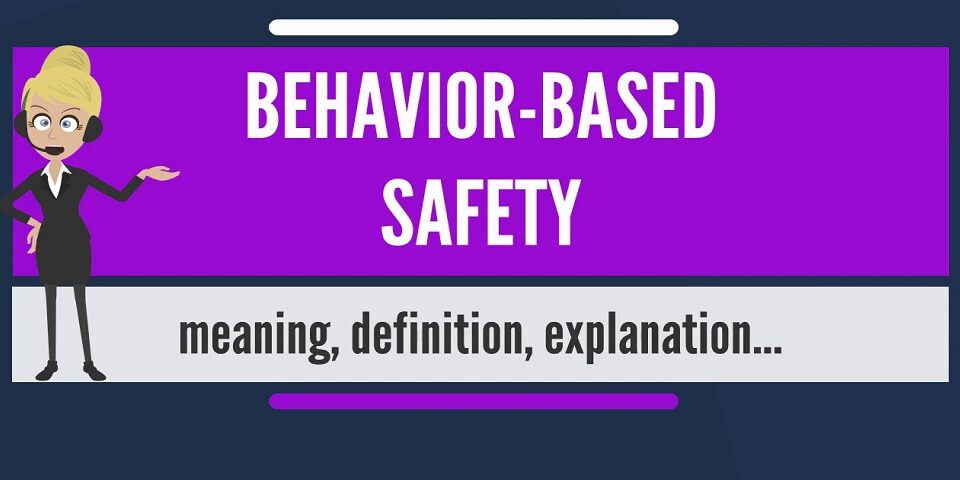Behavior Based Safety vs. Traditional Safety Approaches: Which One Works Best?

Ergonomics Audit and Heat Stress Calculation by TheSafetyMaster
August 19, 2023
Human-Centered Safety: Behavior Based Safety Consultants’ Approach
August 22, 2023In the ever-evolving landscape of workplace safety, the debate between Behavior Based Safety (BBS) and traditional safety approaches remains a topic of discussion. Both strategies aim to enhance workplace safety, but they differ significantly in their methodologies and outcomes. This blog explores the nuances of Behavior Based Safety and traditional safety approaches, shedding light on their effectiveness and determining which one works best for modern workplaces.
Understanding Behavior Based Safety (BBS)
Behavior Based Safety is a proactive approach that emphasizes observing and analyzing human behavior to prevent accidents. It recognizes that human actions and decisions significantly impact safety outcomes. BBS encourages employees to adopt safe behaviors by providing feedback, incentives, and continuous training. It focuses on creating a safety culture that empowers individuals to take responsibility for their safety and that of their colleagues.
The Power of Behavior Based Safety Training
Behavior Based Safety training equips employees and management with the tools to identify, address, and modify unsafe behaviors. It emphasizes the psychological and behavioral aspects that influence workplace safety. Through interactive sessions and case studies, participants gain insights into understanding their behaviors, recognizing potential hazards, and adopting safer practices. The implementation of BBS training leads to a workforce that actively contributes to a safer work environment.
Traditional Safety Approaches: A Look Back
Traditional safety approaches primarily concentrate on engineering controls, administrative procedures, and protective equipment. While these measures are vital, they often overlook the human factor in safety. Traditional safety focuses on hazard identification and mitigation, often after accidents or near-miss incidents have occurred. While these methods have contributed to improved workplace safety, they might not address underlying behavioral factors.
Behavior-Based Safety Implementation: The Shift in Focus
The implementation of Behavior Based Safety requires a shift in mindset. Rather than solely focusing on hazard control, BBS targets the root cause of accidents—the behavior itself. It involves consistent observations, feedback, and data collection to identify trends in unsafe behaviors. BBS empowers employees to recognize their actions’ impact on safety, fostering a proactive approach that prevents incidents before they occur.
Which One Works Best?
Determining the most effective safety approach depends on the organization’s culture, industry, and goals. Here are some considerations:
- BBS for Proactive Prevention: BBS is particularly effective in industries where human behavior plays a significant role in safety outcomes. It promotes continuous improvement and empowers employees to become safety champions.
- Traditional Approaches for Hazard Mitigation: Traditional safety measures are crucial for industries with inherent physical hazards. They provide immediate protection against known dangers and ensure compliance with regulations.
- Combining the Strengths: Many organizations find success in blending both approaches. Implementing BBS alongside traditional safety measures creates a comprehensive safety strategy that addresses both human behavior and physical hazards.
The Synergy: Behavior-Based Safety Training
The synergy between Behavior-Based Safety training and traditional safety measures is undeniable. By integrating BBS principles into traditional approaches, organizations create a holistic safety culture that values both engineering controls and behavioral awareness. Behavior-Based Safety training ensures that employees have the knowledge and mindset to actively engage in safety efforts, reinforcing traditional safety measures.
In conclusion, the choice between Behavior Based Safety and traditional safety approaches depends on an organization’s unique circumstances. While traditional safety focuses on hazard control, Behavior Based Safety emphasizes proactive prevention through behavioral change. However, the most effective strategy often involves integrating both approaches for a well-rounded safety culture that protects employees and enhances overall well-being.
With Best Wishes
Sanjeev Paruthi
TSM TheSafetyMaster® Private Limited
Unit No 221-451-452, SPL1/J, 2nd & 4th Floor, Sunsquare Plaza Complex, RIICO Chowk, Bhiwadi 301019, Rajasthan, India
Phone: +91 1493 22 0093
Mobile: +91 7665231743/9413882016
Email: info@thesafetymaster.com




